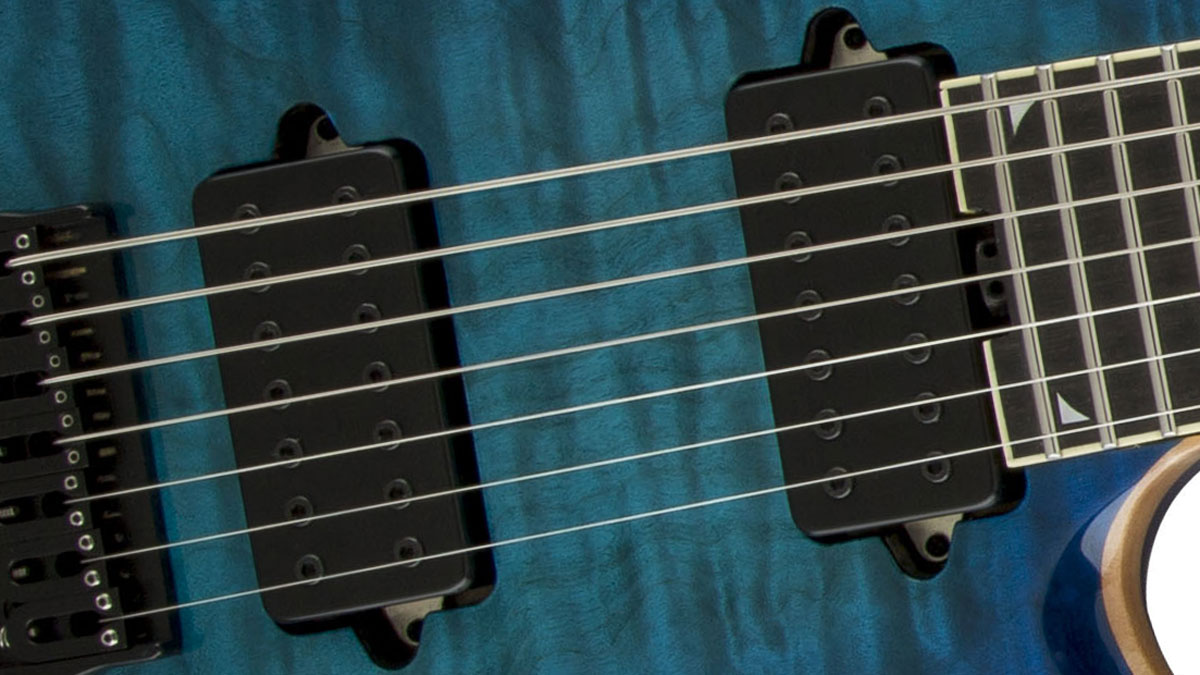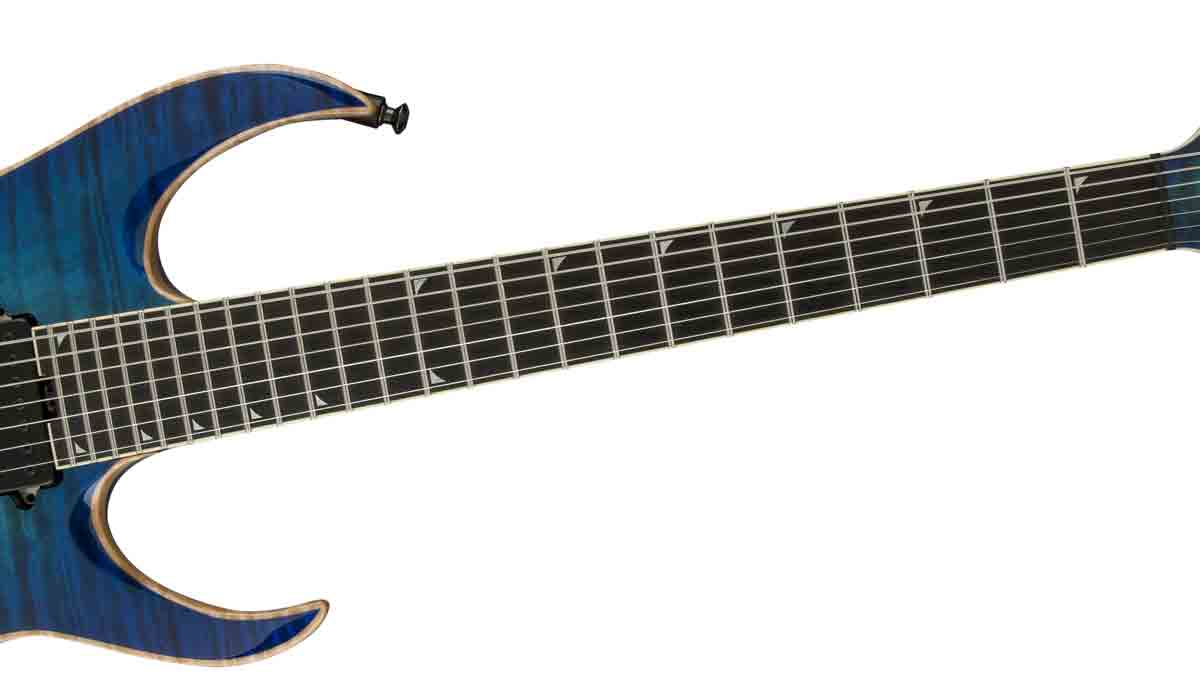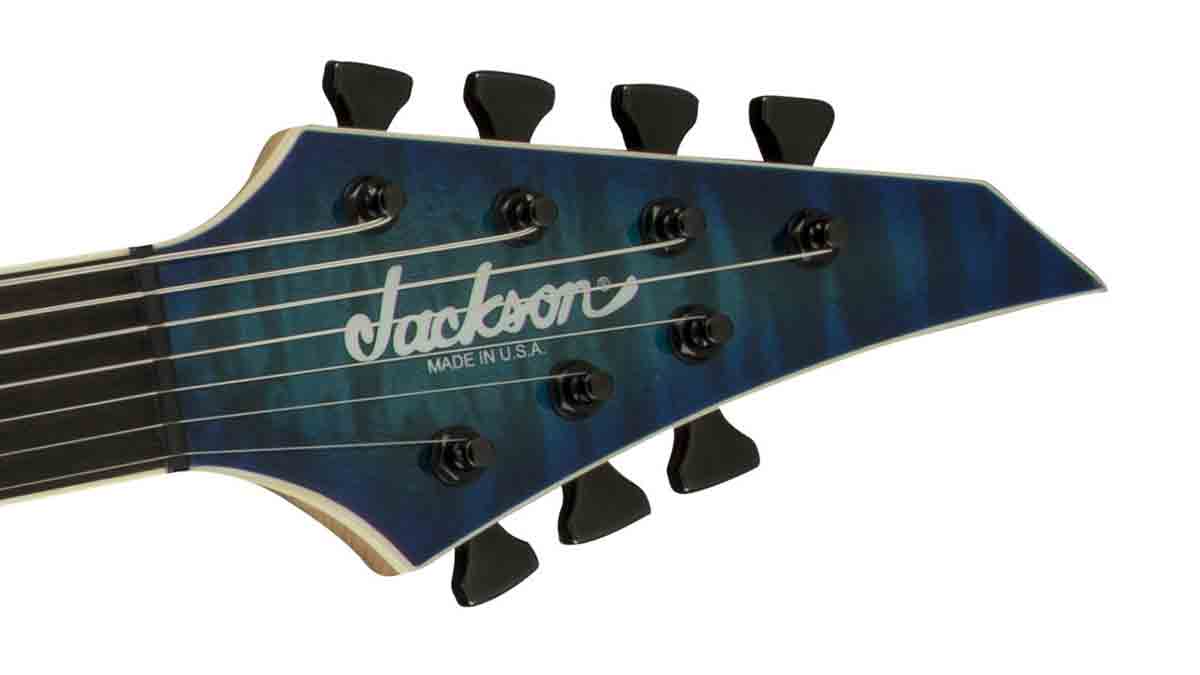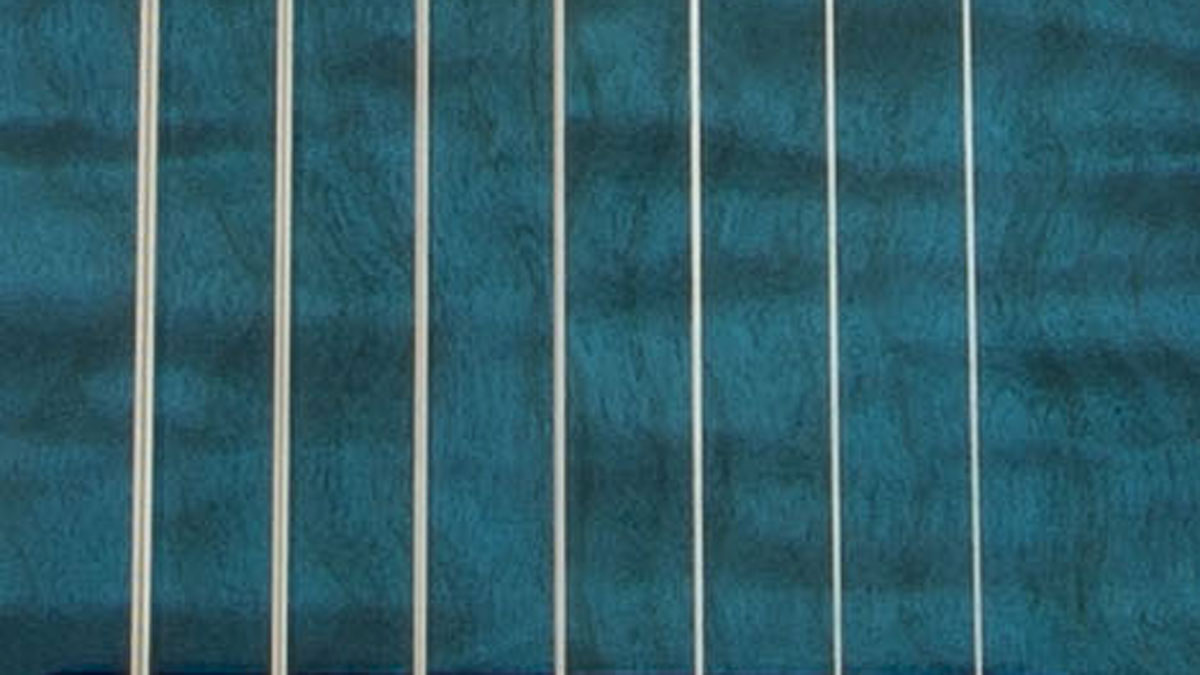In pictures: an introduction to seven-string and eight-string guitars
What's different about extended-range axes

Pickups
Given their use by djent and alt-metal bands, seven- and eight-strings tend to come loaded with high-output humbuckers from the likes of DiMarzio and EMG.
These pickups are produced with extended-range guitars in mind, given that they have to handle a wider range of octaves than your average six-string specimen without getting muddy in the low-end.

Scale length
Even when using heavy-gauge strings, down-tuning a six-string often results in tuning problems.
Extended-rangers deliver anything from 660mm (26-inch) up to 749mm (29.4-inch) scales for utmost stability, although you’ll still find Fender-style 648mm (25.5 inches) on some guitars. Many necks feature graphite reinforcement to better cope with the extra string tension, too.

Tuning
The industry-standard seven-string tuning is (low to high) B E A D G B E, but just as you can drop your six-string’s low E to D for drop D tuning, a seven-string allows for drop A tuning (A E A D G B E), too.
An eight-string’s standard tuning, meanwhile, is F# B E A D G B E - that’s practically a bass and a guitar in one instrument!

Neck width
While 43mm is the standard electric width, you can expect that to extend up to 48mm on seven-strings, reaching 54mm or 55m on eights.
It’s not as intimidating as it sounds; over the years, manufacturers have worked hard to give eight-string necks a flatter shape and non-intrusive heels for quick movement, while mid-range instruments and above often feature a compound radius for comfortable playing all the way up the neck.

Strings
For starters, there’s at least one more to contend with. It takes some adjustment, a bit of patience and retraining your brain that the E is no longer the lowest string of the bunch.
Once you get past the learning curve, you’ll find that you can play six-string tunes comfortably, while riffing heavier than ever before.
Total Guitar is Europe's best-selling guitar magazine.
Every month we feature interviews with the biggest names and hottest new acts in guitar land, plus Guest Lessons from the stars.
Finally, our Rocked & Rated section is the place to go for reviews, round-ups and help setting up your guitars and gear.
Subscribe: http://bit.ly/totalguitar



